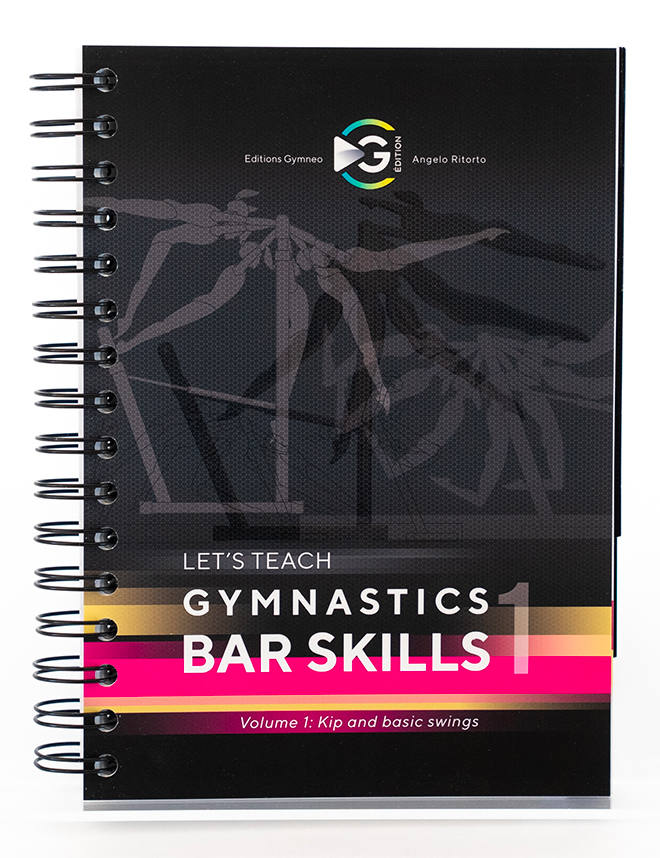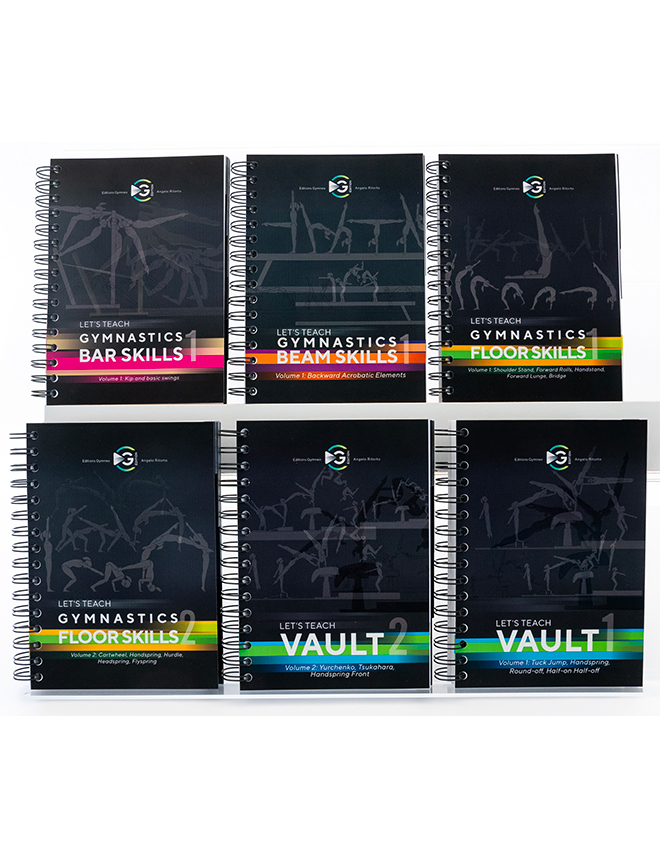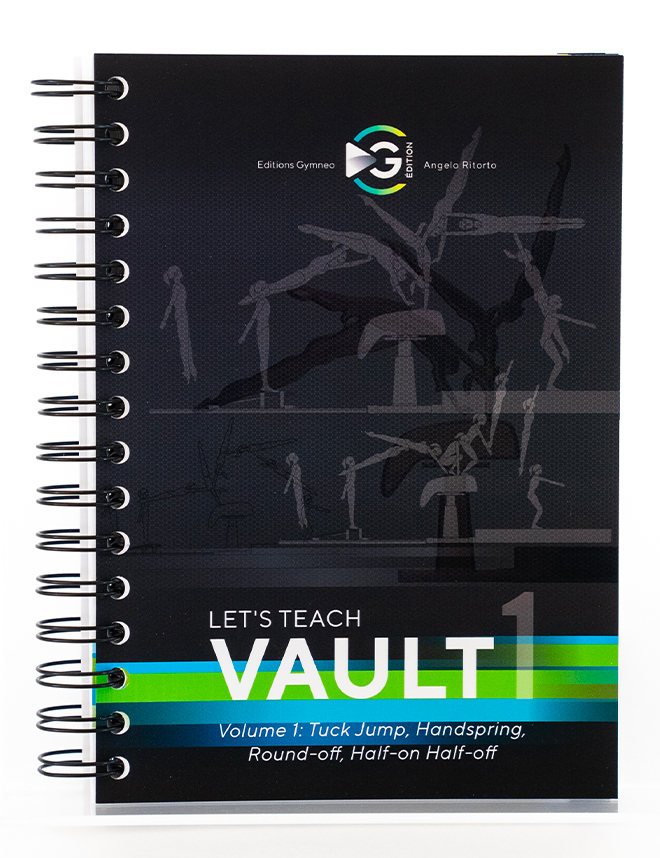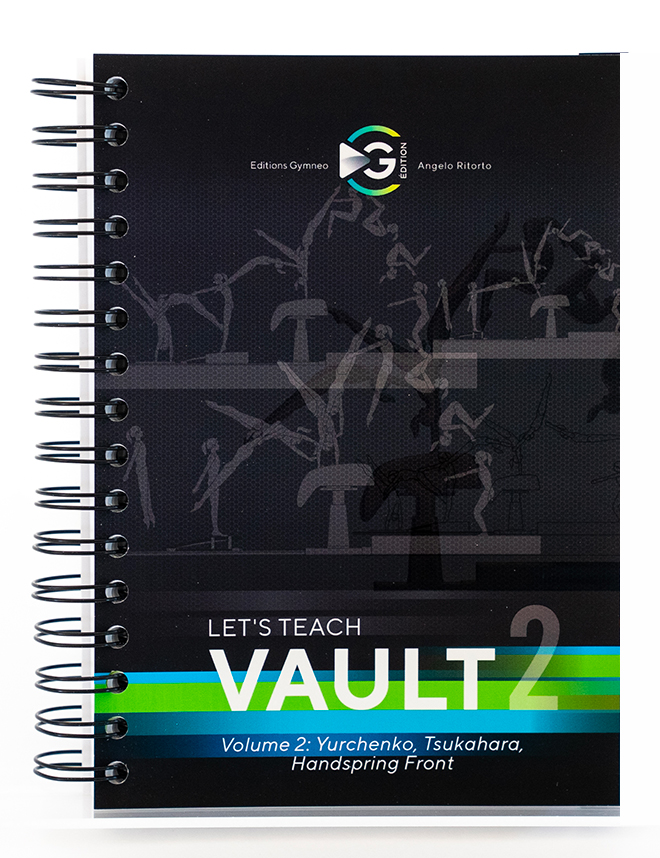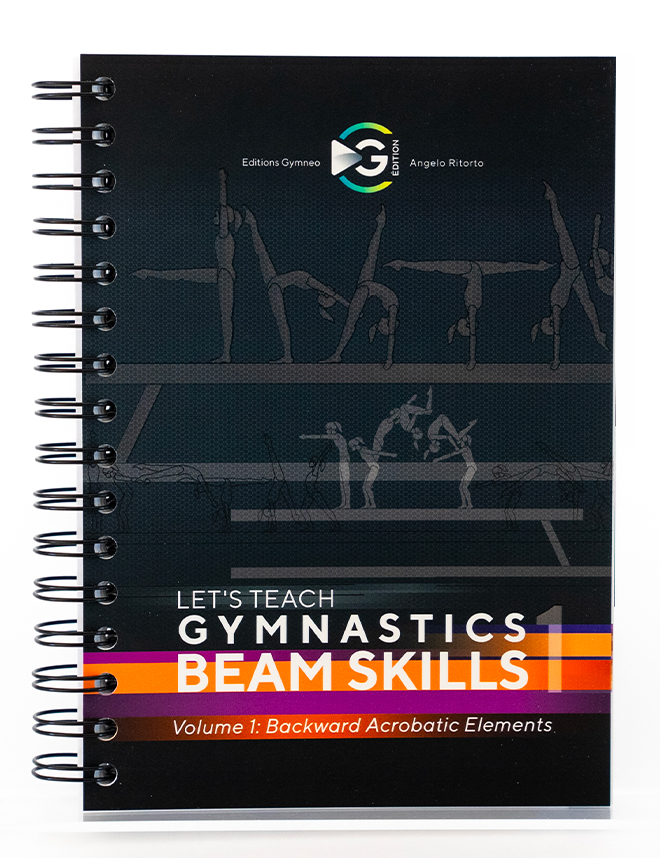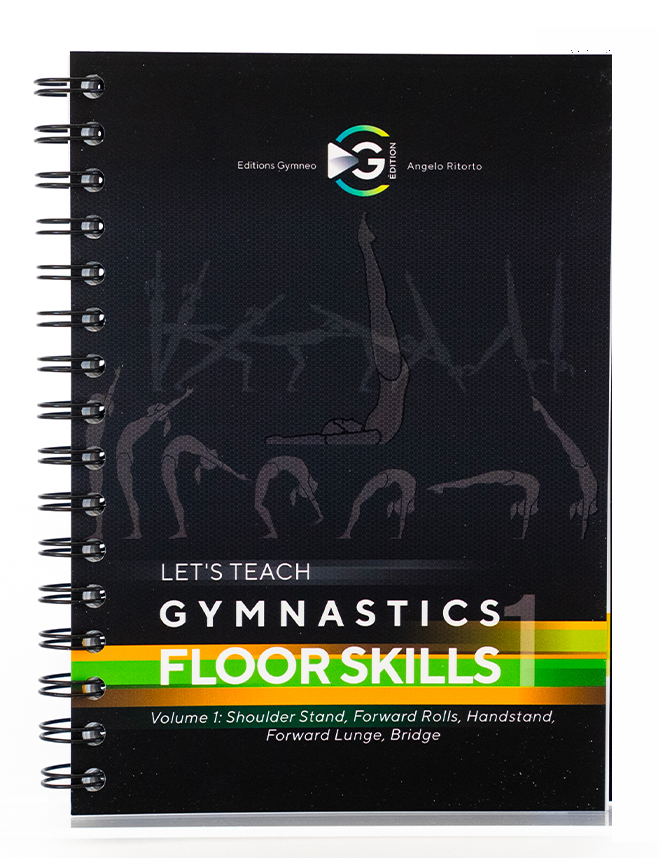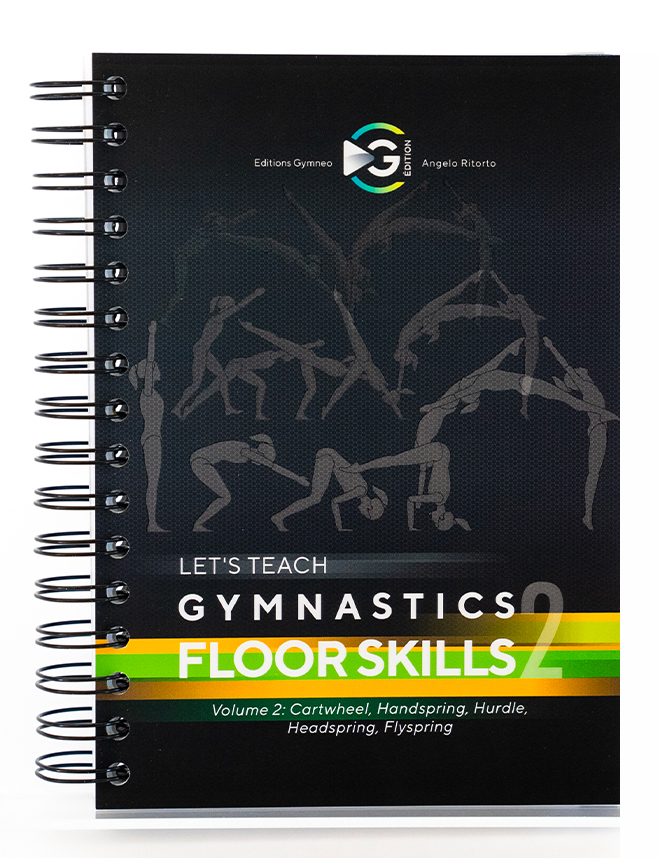Choose the section you are interested in
Topics
All
Collections on special offer
Uneven bars
Beam
Floor
Vault
There are no options in the selected section and level.
GymneoTV gymnastics books: helpful tools for training
Did you know? Gymneo all started with the writing of the first books in the collection “Let’s Teach Gymnastics”!
That was in the early 2000s. In the gym, using mental imagery was becoming increasingly popular and the most advanced training centers were investing in expensive video equipment to help gymnasts correct their errors more quickly thanks to imagery.
The improvements to performance were clear! But using cameras and TV screens took time and needed a significant financial investment.
How could we benefit from the advantage of imagery while simplifying the set-up process? We needed to find easily accessible support that was simple to use and effective for gymnasts!
It was by focusing on these questions and on these objectives that our first books were born, and with them, Gymneo. The idea was very simple: explain through drawings something that wasn’t understood. (What could be better than a drawing to explain something that we don’t understand?)
As you know, the first stage of learning is called the “verbal-cognitive” stage. That means that to learn a new element, the first sessions require a lot of exchange with gymnasts. The aim is to help them to form a picture of the task at hand.
So we undertook to draw all of the learning stages for an element and to bring them together in books. The coach can then open these books to show gymnasts in an instant the exercise they need to do, and discuss with them the positioning and actions for technique.
A drawing is static, you’ll tell me! By definition, it’s the opposite of movement. That’s true, but our drawings come in the form of kinograms, which has two advantages: you can see and analyze the overall movement, but also the key points.
And also, the movement is then created in the imagination (of the person looking).
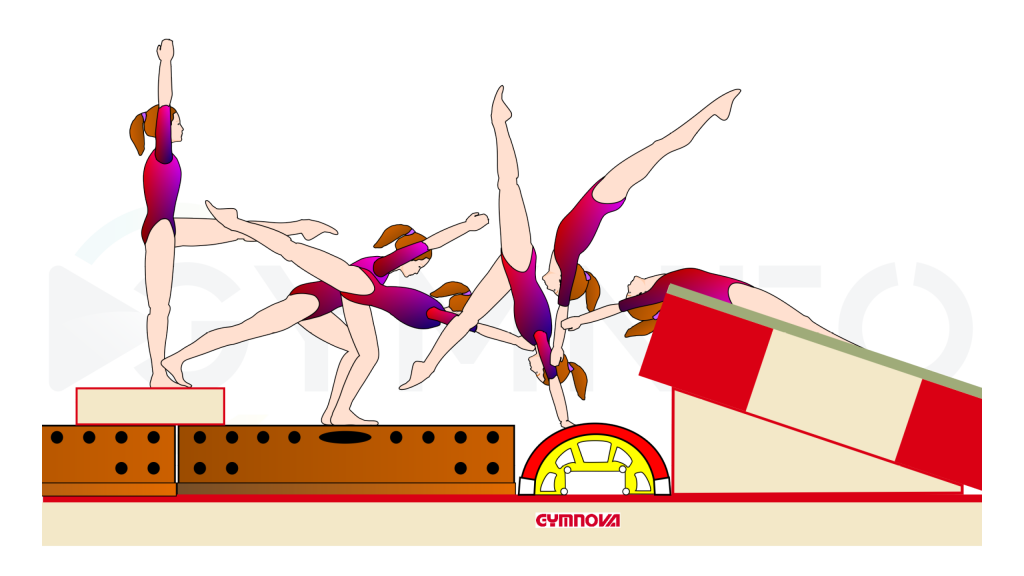
When you look at this image, your eyes move through it and you can imagine the movement perfectly. This means that it’s possible for you to imitate certain actions, perhaps even feel some of the sensations of this movement.
This is the reason why we often call these books teaching aids. They belong to the list of tools that we can use during training.
A few years later, thanks to the progress of the internet and the technological development of digital tools, access to video became much simpler! So we decided to create GymneoTV. We wanted to go even further! For each element, we analyze in detail all of the parameters that help you to understand and teach it. We share our experience in gymnastics so that coaches can be more effective in training.
The drawings became videos but for us, the one does not replace the other. They are actually complementary.
They are tools created to increase the competence of coaches and help gymnasts to make progress!
